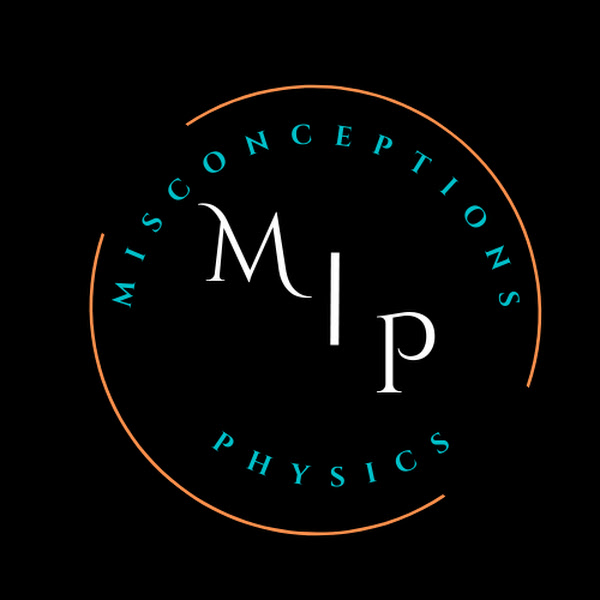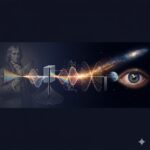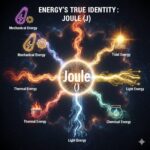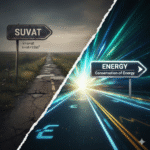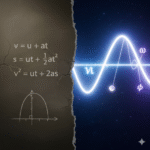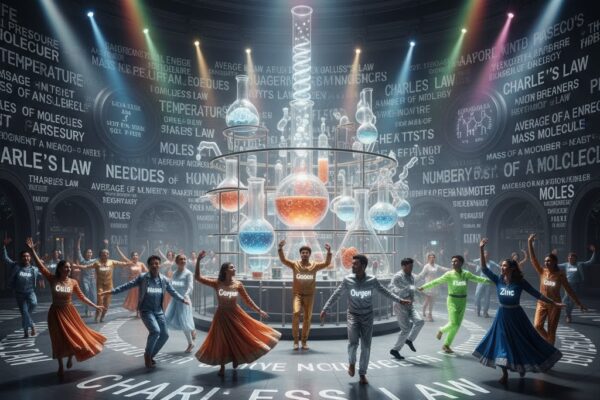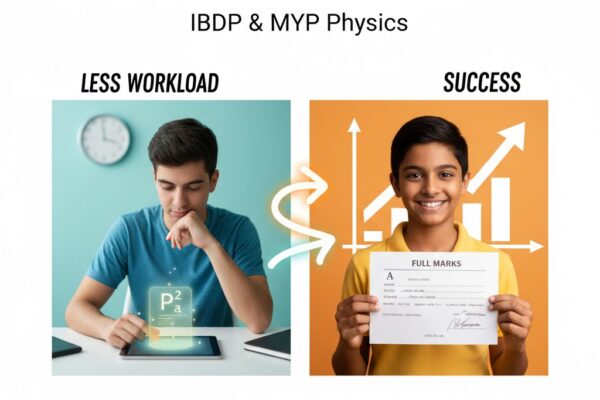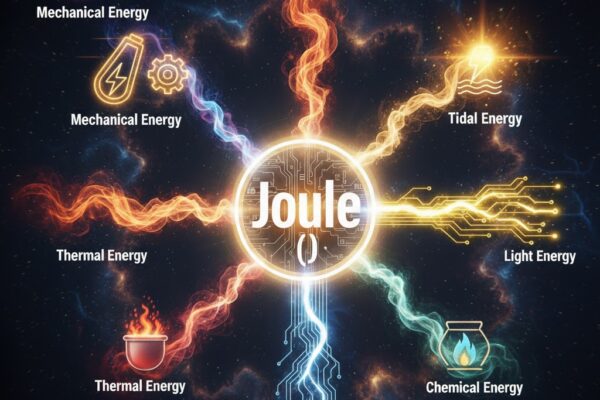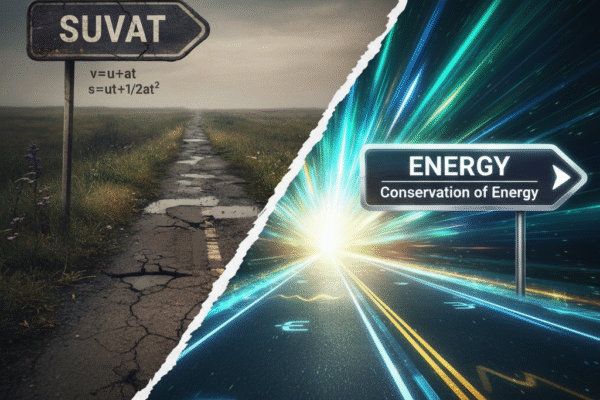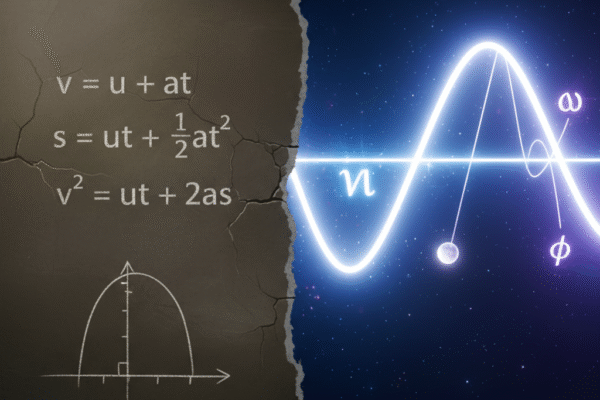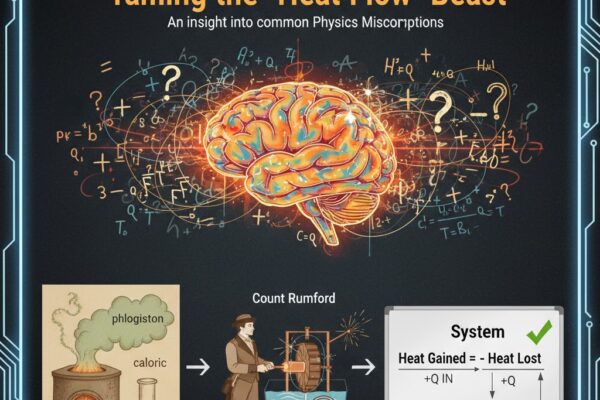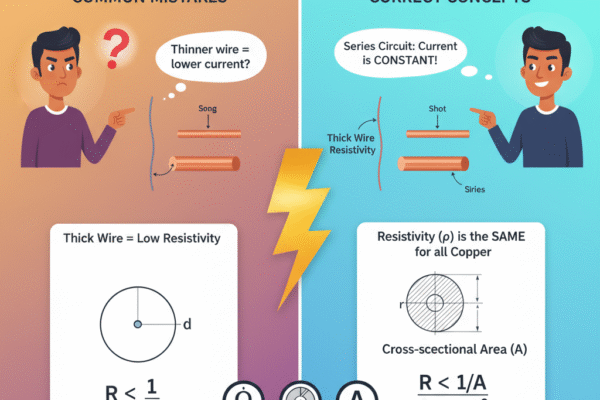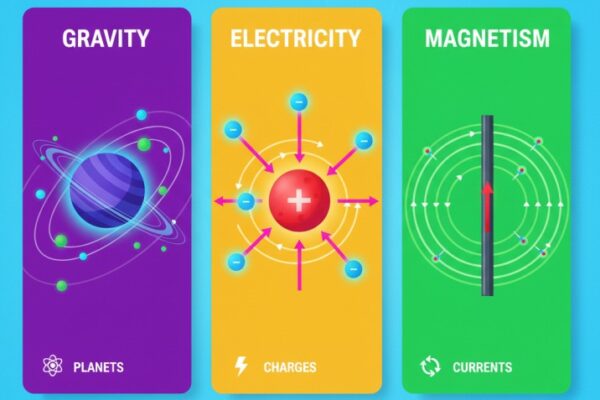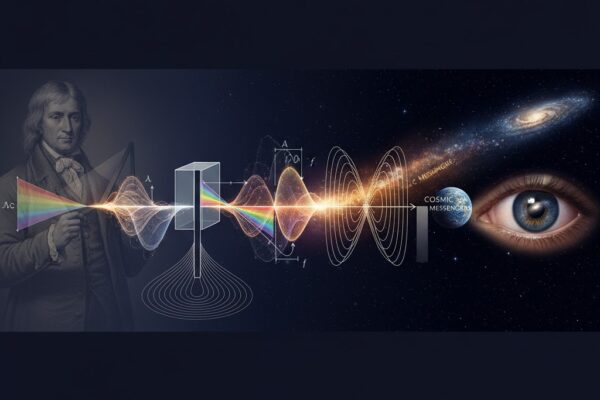
The Messenger’s Puzzle: How Waves Won the War for Light and Built Our World 🌊
Imagine a world bathed in light, yet utterly clueless about its true nature. For millennia, humanity observed the dance of shadows and the sparkle of a reflection—a spectacular show, but its mechanism was a mystery. What is light? Is it a stream of tiny particles, zipping through space like tiny bullets? Or is it a ripple, a disturbance propagating through some unseen medium, like a wave on water? This fundamental question sparked a scientific search spanning centuries and continents. The answer would not only redefine our universe but also hand us the keys to modern technology. We now know that light, sound, and even Wi-Fi are all messengers, carrying energy and information across space and time. This is the story of how we cracked their code. A Journey Through a Millennium of Light Our search begins not with a single “eureka” moment, but with patient observation. The ancient Greeks, like Euclid, meticulously mapped how light bounced off surfaces, giving us the geometric law of reflection. Ptolemy went further, charting how light bent, or refracted, when passing from air to water. These were crucial steps, but they treated light as a simple ray, offering no insight into its essence. The first true scientific leap came during the Islamic Golden Age. The polymath Ibn al-Haytham (Alhazen) (c. 965-1040 CE), working in Basra and Cairo, revolutionized the field. Through rigorous experimentation, he disproved the ancient idea that our eyes emitted rays to see. Instead, he argued that light entered the eye from external sources. His monumental “Book of Optics” was a masterclass in the scientific method, laying the groundwork for experimental science for centuries to come. Fast-forward to the vibrant intellectual cauldron of 17th-century Europe, where the debate truly ignited. On one side stood Sir Isaac Newton. A titan of science, he championed the corpuscular (particle) theory. His famous prism experiments, splitting white light into a spectrum of colors, seemed to confirm his view of light as a stream of tiny particles. Newton’s immense authority cast a long shadow, making his particle theory the dominant view for over a century. Fast-forward to the vibrant intellectual cauldron of 17th-century Europe, where the debate truly ignited. On one side stood Sir Isaac Newton. A titan of science, he championed the corpuscular (particle) theory. His famous prism experiments, splitting white light into a spectrum of colors, seemed to confirm his view of light as a stream of tiny particles. Newton’s immense authority cast a long shadow, making his particle theory the dominant view for over a century. On the other side was his brilliant contemporary, the Dutch physicist Christiaan Huygens. He envisioned light not as a particle, but as a wave. His elegant Huygens’ Principle proposed that every point on a wavefront acts as a source of tiny new “wavelets.” This model beautifully explained reflection and refraction from a wave perspective. Yet, against Newton’s towering reputation, Huygens’ ideas were largely forgotten. The particle theory, however, wasn’t perfect. It struggled to explain the subtle colors seen in soap bubbles or why light bent towards the normal when entering a denser medium. These nagging inconsistencies kept the door ajar for the wave theory’s return. The breakthrough came in 1801. A British polymath named Thomas Young, refusing to accept dogma, performed one of physics’ most iconic experiments: the double-slit experiment. He shone light through two narrow slits and observed the pattern on a screen. Instead of two bright lines, he saw a mesmerizing pattern of alternating bright and dark bands. This was an interference pattern—the definitive, undeniable proof that light behaved as a wave. Like ripples on a pond, the light waves were adding together and canceling each other out. French engineer Augustin-Jean Fresnel then provided the mathematical muscle, developing a comprehensive wave theory that explained diffraction. So confident was his theory that it led to a bizarre prediction: a bright spot should appear in the very center of a circular object’s shadow. What seemed like a ridiculous counter-argument became a stunning confirmation when the experiment was performed. The final piece fell into place with James Clerk Maxwell, who unified electricity and magnetism, proving that light was a high-frequency electromagnetic wave—a cosmic messenger traveling at the ultimate speed limit. Decoding the Message: The Anatomy of a Wave Before our messenger embarks on its journey, let’s understand its characteristics: Waves also come in two flavors: Challenge Your Intuition #1: The Border Crossing 🤔 A wave messenger carrying light travels from air into a block of glass, forcing it to slow down. Watch the below video to understand why other properties in a wave remains the same. The Misconception: It’s tempting to think that if the speed changes, everything must change. But the light source is sending out wave crests at a constant rate—the frequency. That “birth rate” of waves is fixed at the source and doesn’t change just because the wave enters a new medium. The Physics: Since the wave’s speed (v) decreases in the glass and its frequency (f) stays the same, something else must give. According to the wave equation, v = f*lambda, if v goes down and f is constant, then the wavelength (lambda) must decrease. The messengers get bunched up closer together as they wade through the slower medium. This bending of a wave as it changes speed is called refraction. Deeper Dive: To see how refraction is visualized using wavefronts, check out this problem. The Messenger’s Journey: Rules of Delivery Our wave messenger interacts with its environment in predictable ways: reflection (bouncing), diffraction (spreading around obstacles), and interference (superimposing on other waves). Challenge Your Intuition #2: The Free-End Flip 🤔 You send a single pulse down a long Slinky spring on the floor. The far end is not held down; it’s completely free to move. The Question: When the pulse reaches the free end and reflects, will it come back on the same side it started on, or will it be flipped upside down The Answer: It will come back on the same side…
